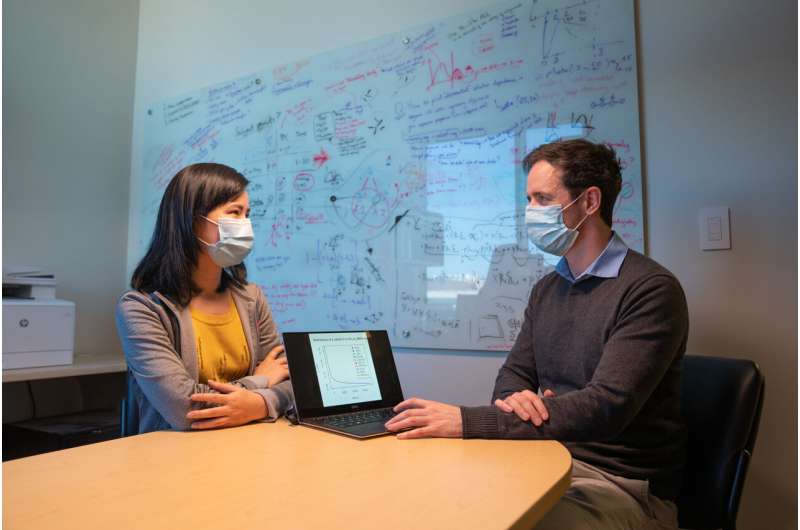Safety concerns raised for neuroblastoma candidate drug

St. Jude Children’s Research Hospital scientists looking for drugs to improve survival of children with high-risk neuroblastoma found a promising candidate in CX-5461. Then researchers identified safety concerns with the experimental drug that have implications for current clinical trials in adults. The study appears today in Nature Communications.
CX-5461 is a small molecule that has been studied for more than a decade. It has been widely described as a first-in-human inhibitor of the enzyme RNA polymerase 1. Phase II clinical trials of CX-5461 are underway in adults with leukemia, lymphoma and breast cancer.
St. Jude researchers demonstrated in this study that CX-5461 killed neuroblastoma tumor cells primarily by targeting and disrupting the activity of the enzyme topoisomerase II beta (TOP2β) and not by inhibiting RNA polymerase 1.
“These new details of CX-5461’s mechanism of action in cancer treatment have potentially important safety implications for patients,” said Paul Geeleher, Ph.D., St. Jude Department of Computational Biology. He and John Easton, Ph.D., St. Jude Computational Biology, are the study’s corresponding authors. The first author is Min Pan, Ph.D., a scientist in the Geeleher lab.
“Decades of study of an existing class of chemotherapy agents have shown that off-target drug interactions with TOP2β leave patients at risk for serious and life-threatening side effects such as acute myeloid leukemia or cardiotoxicity that emerge years later,” Geeleher said. “The findings highlight a previously unappreciated safety concern with CX-5461.”
Search for new high-risk neuroblastoma drugs took unexpected turn
The study began as a quest to find new treatments for children with high-risk neuroblastoma, whose survival rates have remained about 50% for the last 20 years. Neuroblastoma arises from cells of the developing peripheral nervous system and is diagnosed in about 800 children annually in the U.S.
Source: Read Full Article
